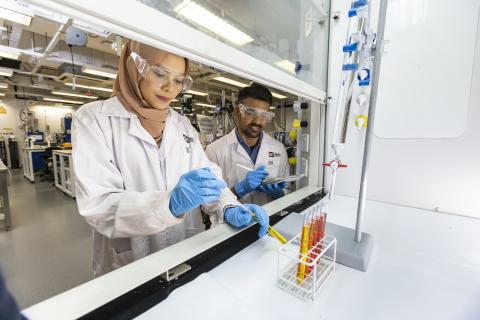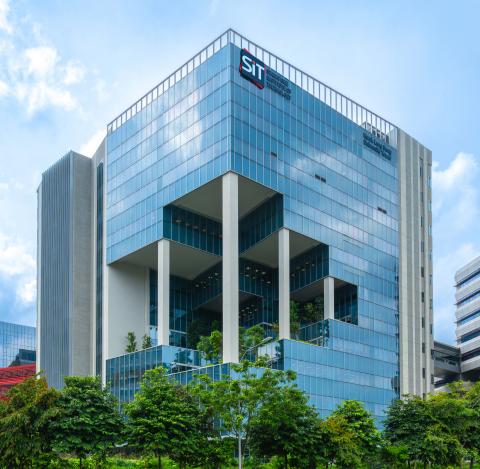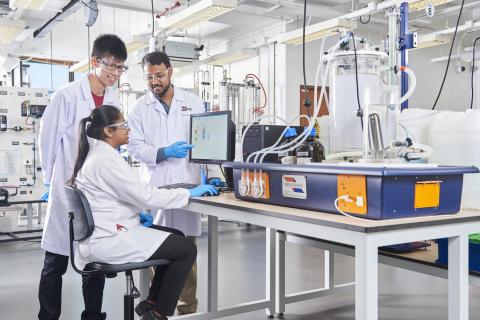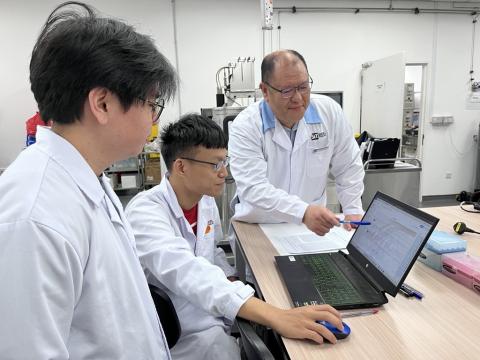![[FA] SIT One SITizen Alumni Initiative_Web banner_1244px x 688px.jpg](/sites/default/files/2024-12/%5BFA%5D%20%20SIT%20One%20SITizen%20Alumni%20Initiative_Web%20banner_1244px%20x%20688px.jpg)
Thermodynamics and Heat Transfer
This module is designed to develop students’ basic understanding of the laws of thermodynamics which are used in the analysis of common engineering systems. Thermodynamics is an exciting and fascinating subject that deals with energy and energy interactions. The module introduces the concepts of heat, work, efficiency and property diagrams of pure substance while discussing the 1st law of thermodynamics. The ideal-gas equation of state is introduced for ideal gases while real gases are described by other polytropic models. This module then aims to provide students with understanding of the application of thermal energy conversion using thermodynamic principles. Students will learn about steam and refrigeration cycles using 2nd law of thermodynamics. In heat transfer, three main mechanisms of heat flow will be discussed; conduction, convection and radiation. Conduction introduces the Fourier’s law with emphasis on developing 1D heat transfer in steady state condition for various structures. There are two modes of convection, namely natural and forced convection, where some convection correlations are derived to demonstrate and allow appreciation of its respective empirical convection heat transfer coefficient in real world. Lastly, the radiation topic will cover basic concepts such as reflection, absorption, transmission and emission. The module will also provide the student with an understanding of heat exchangers and how such items of equipment are designed.














